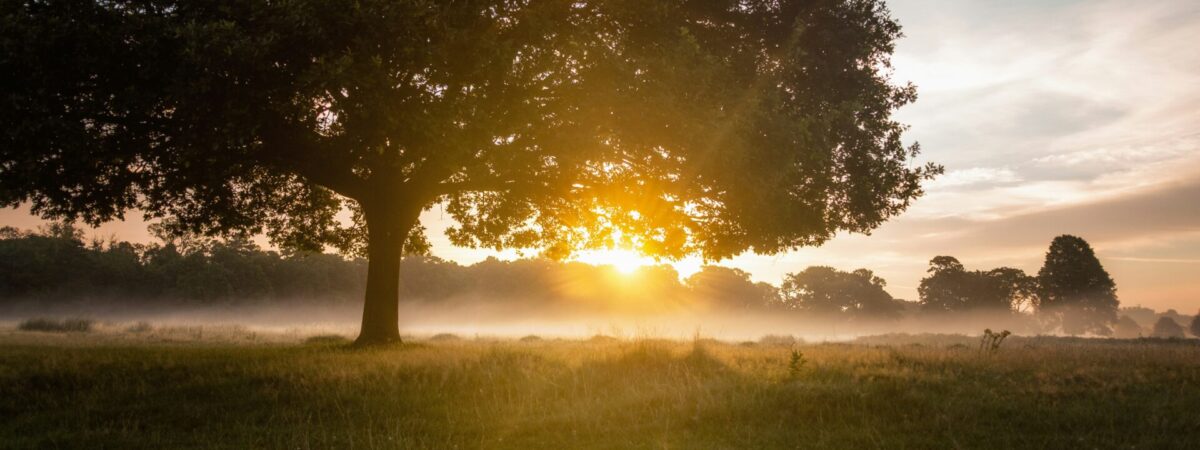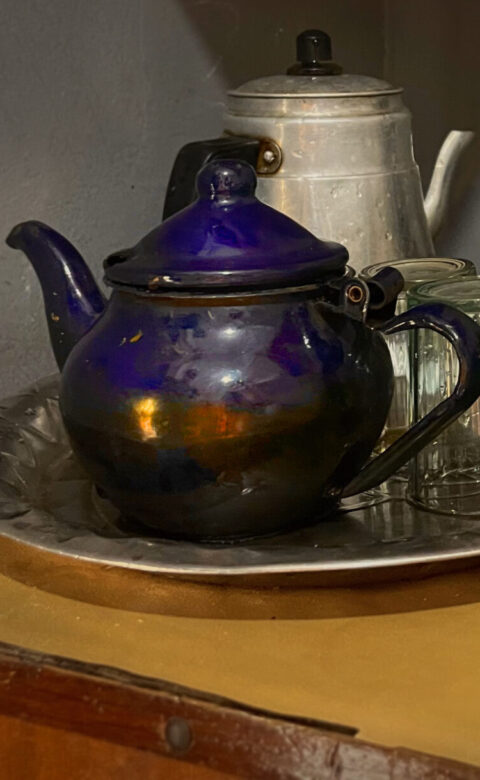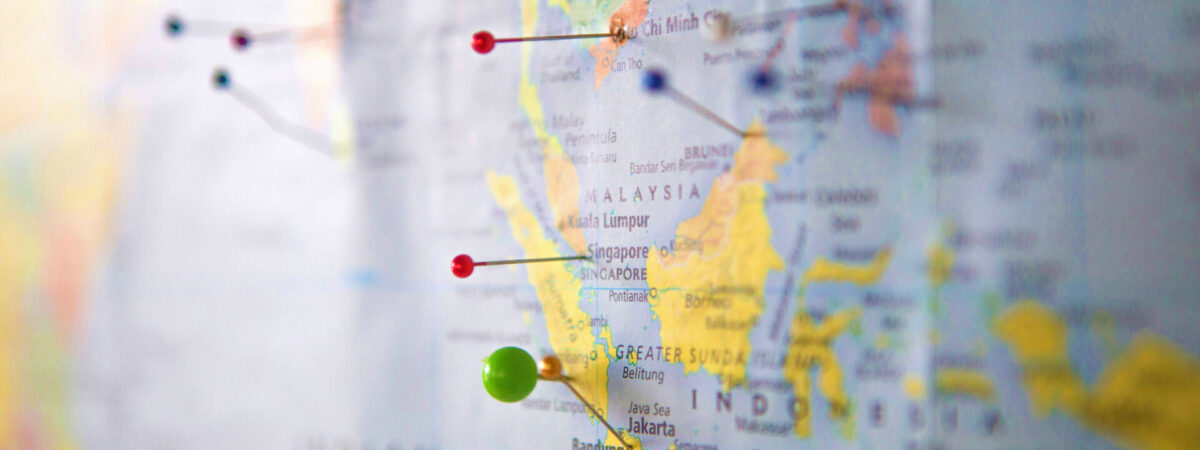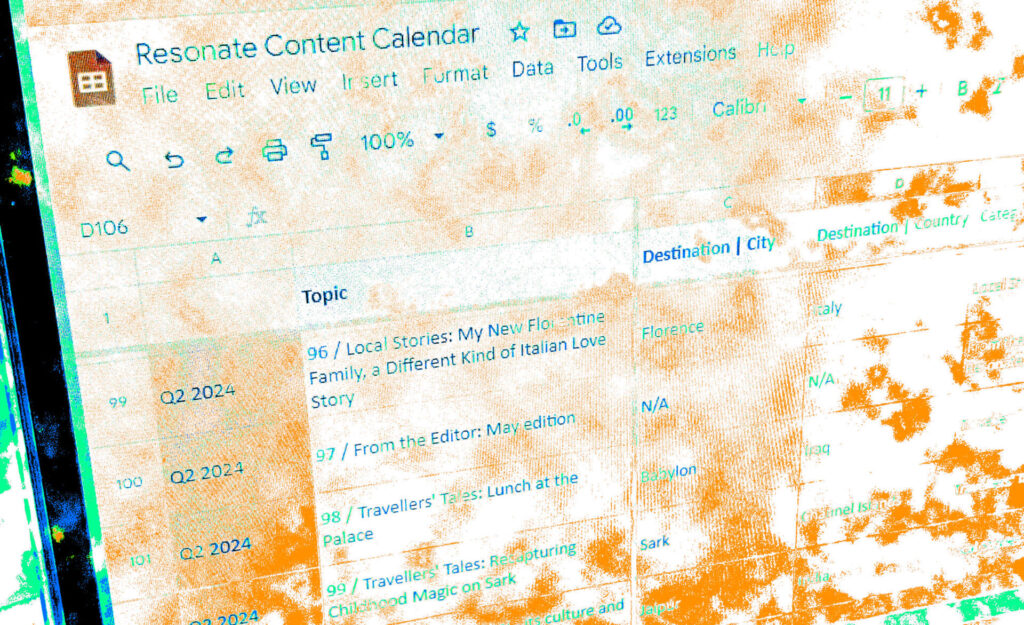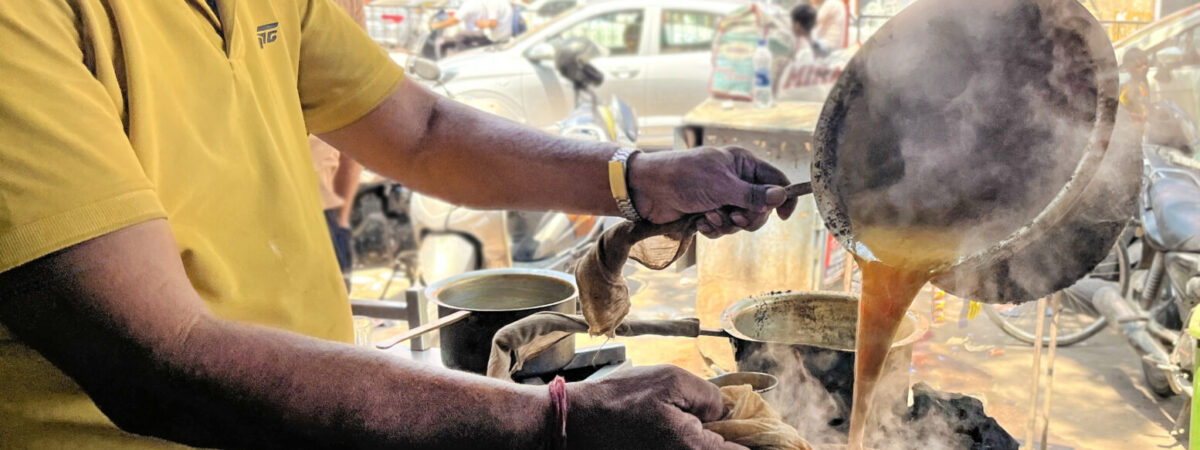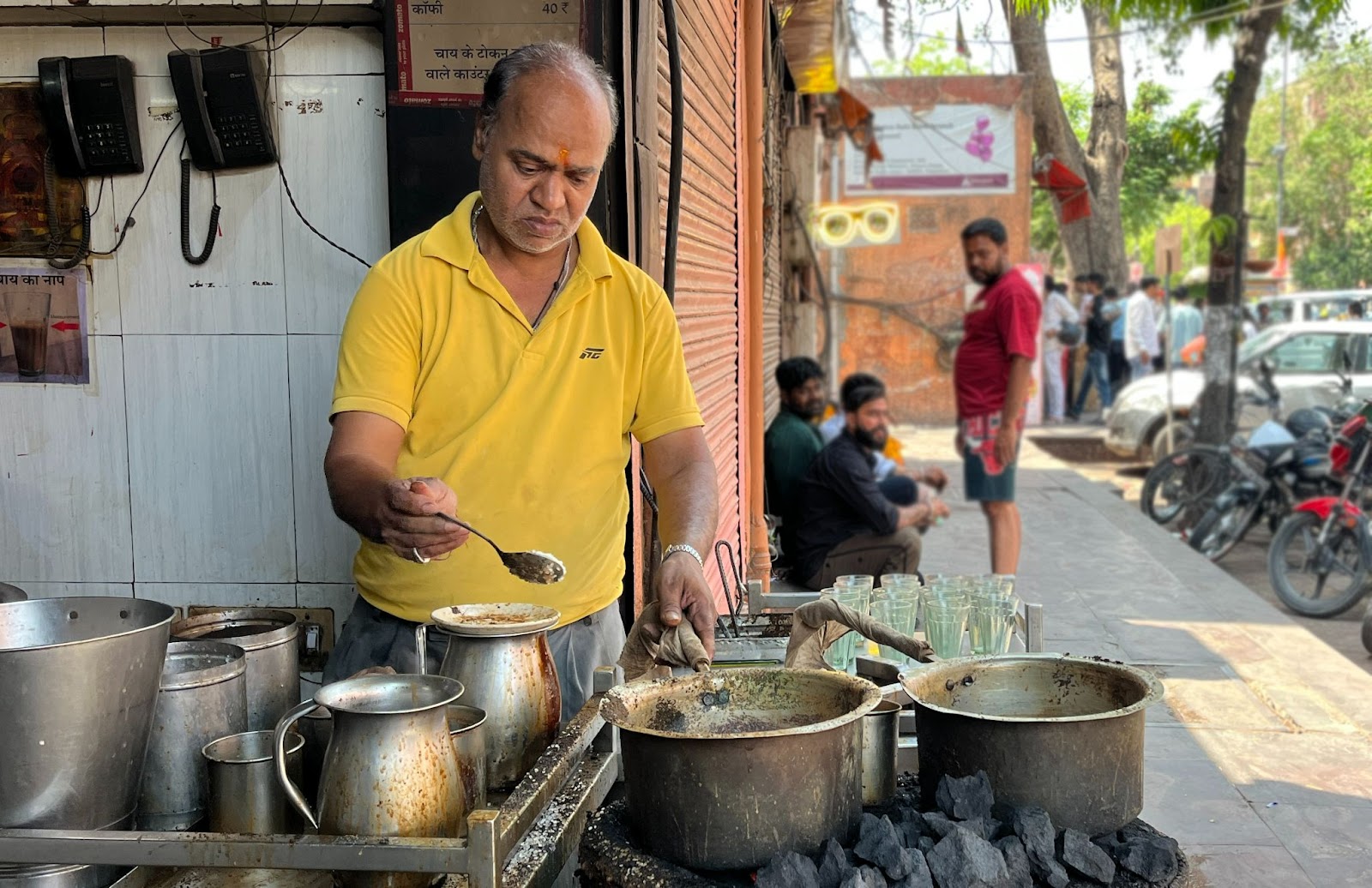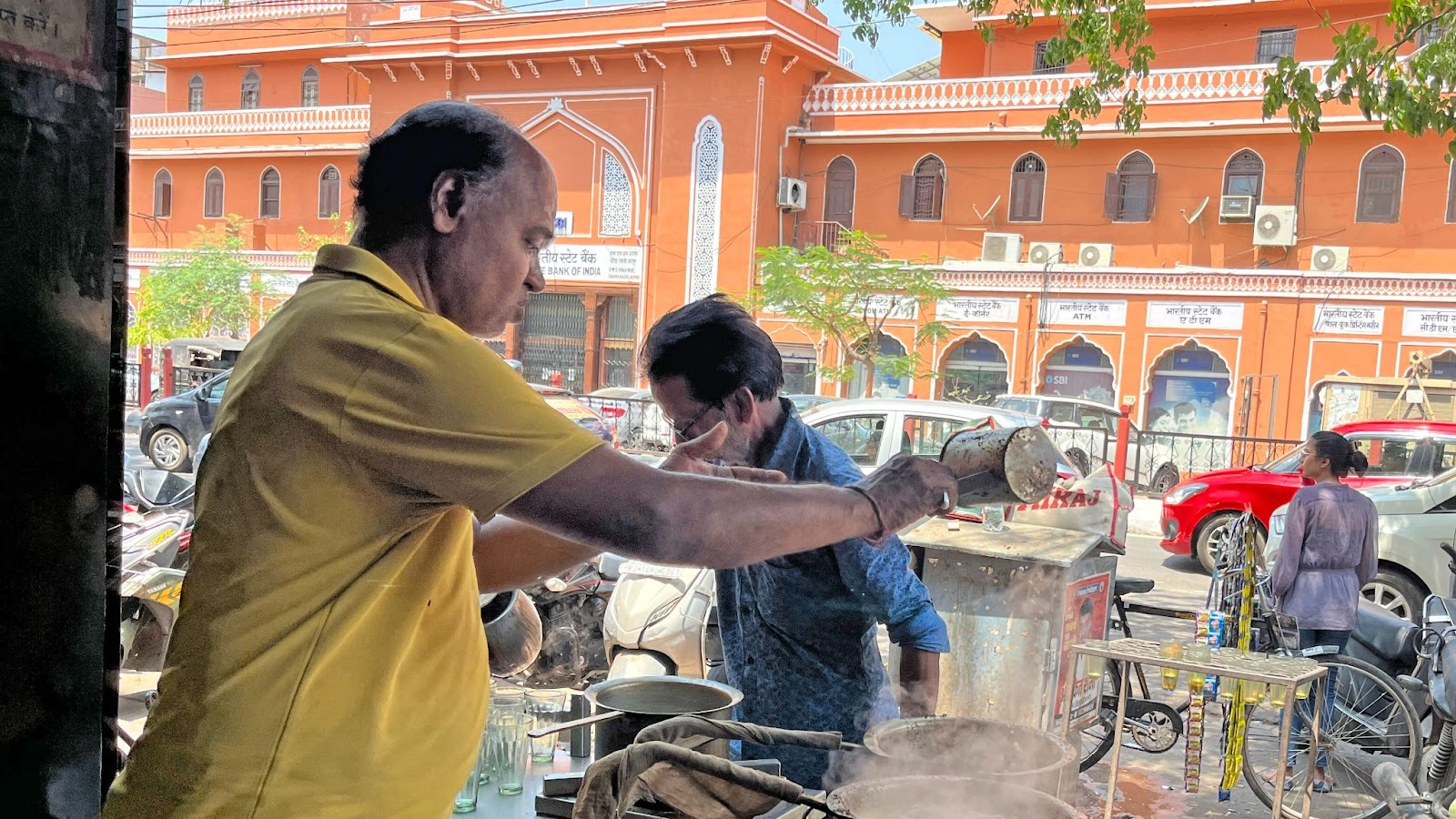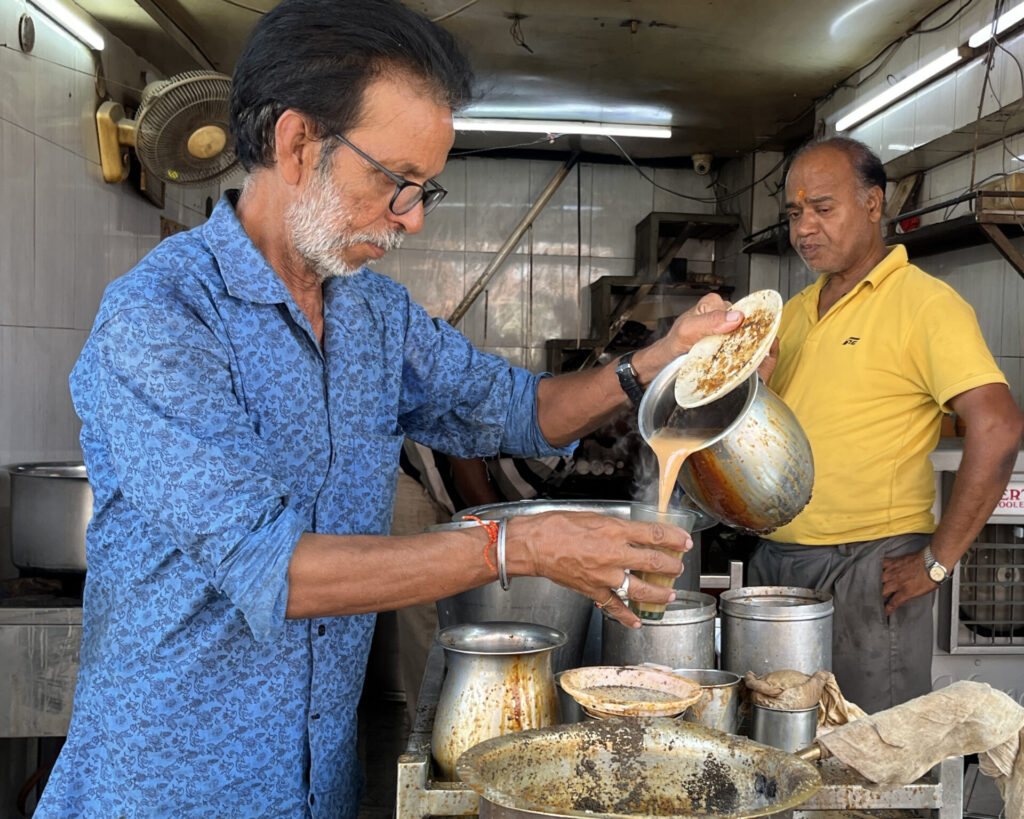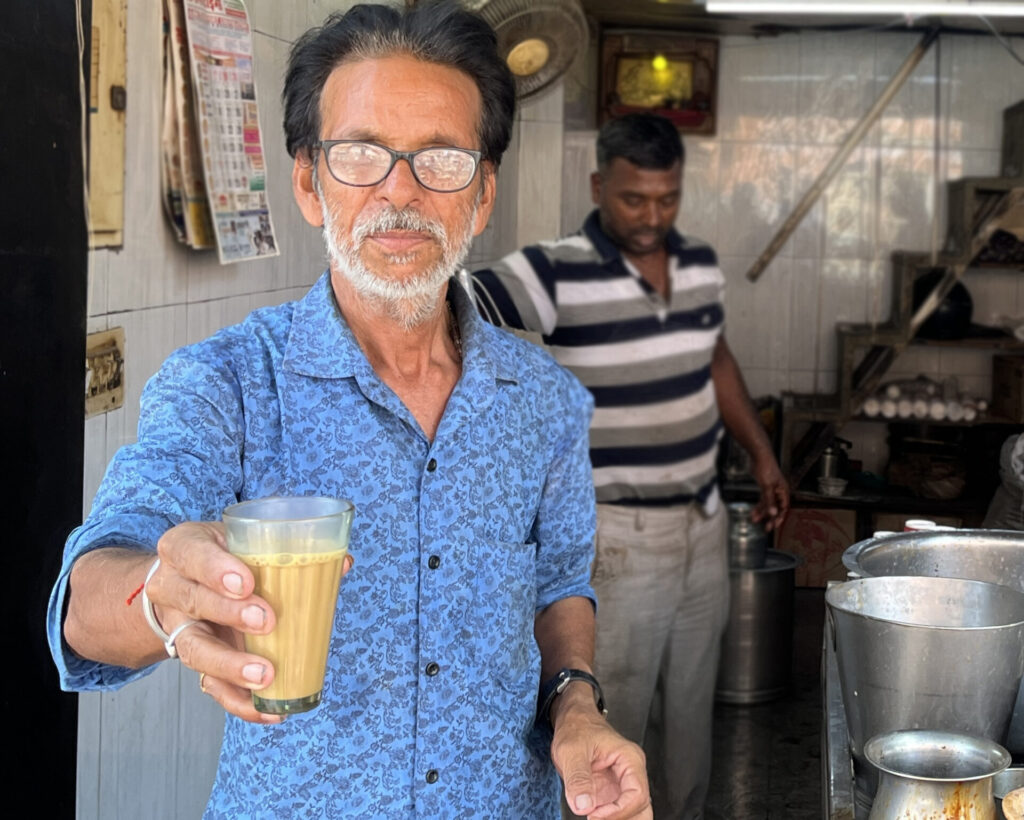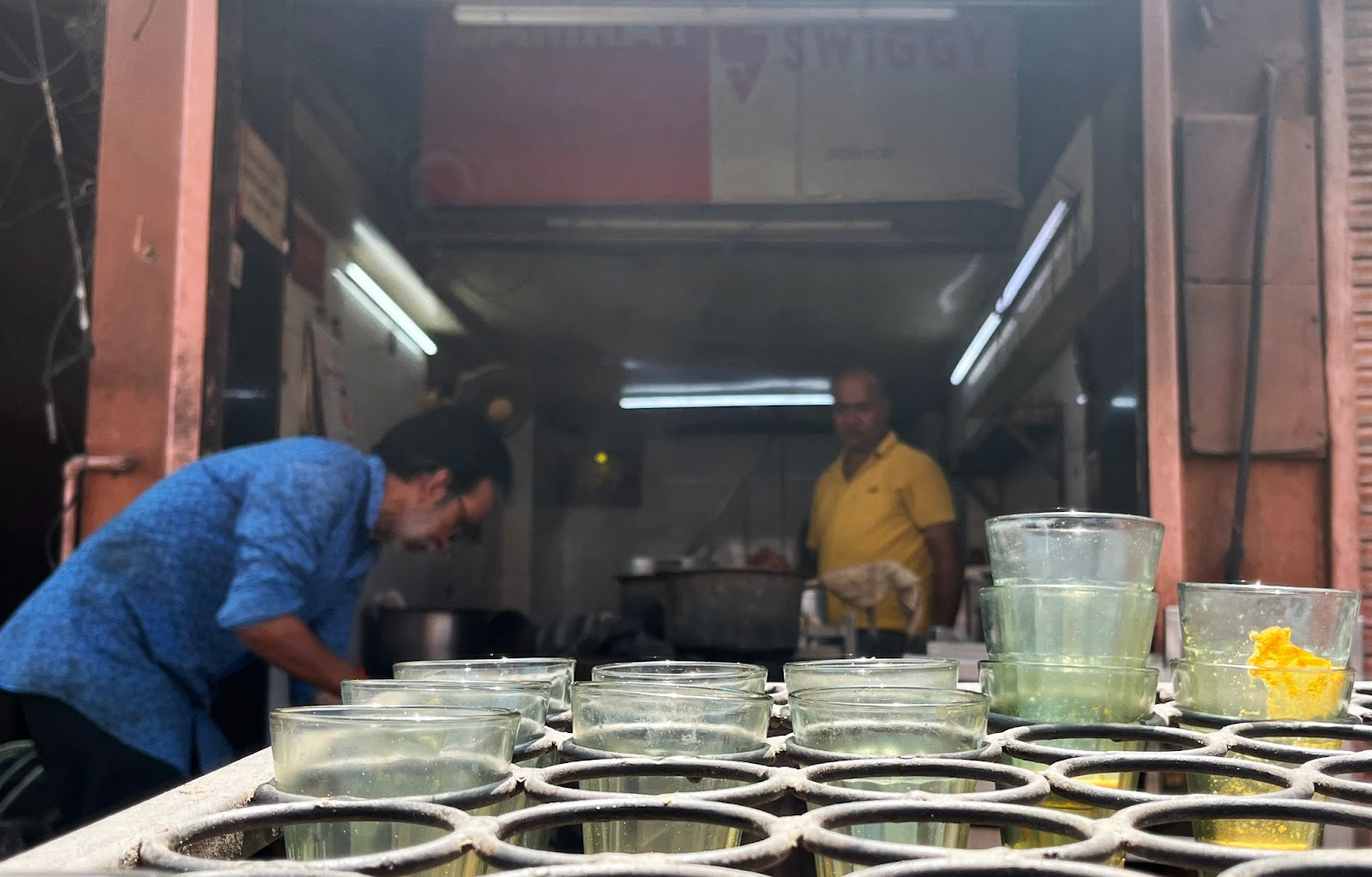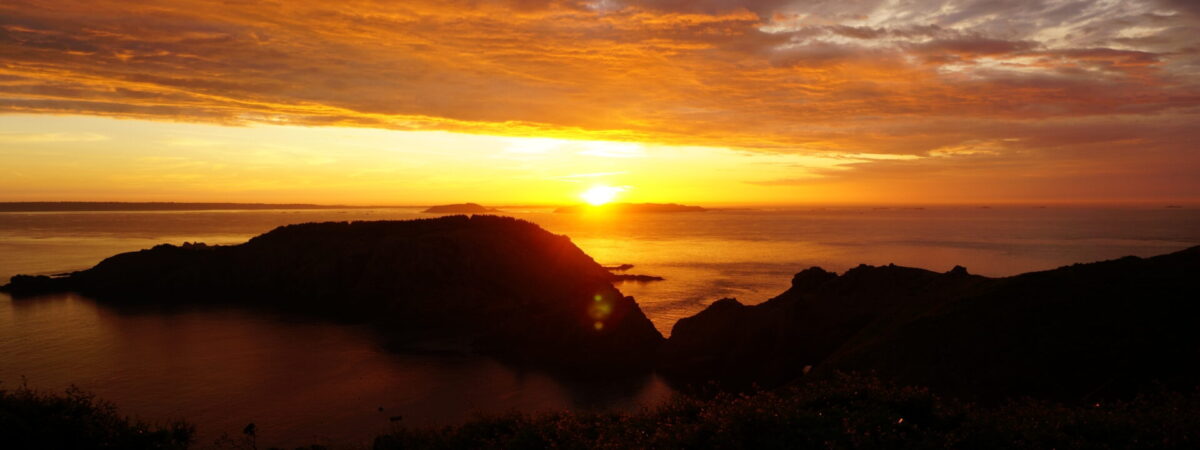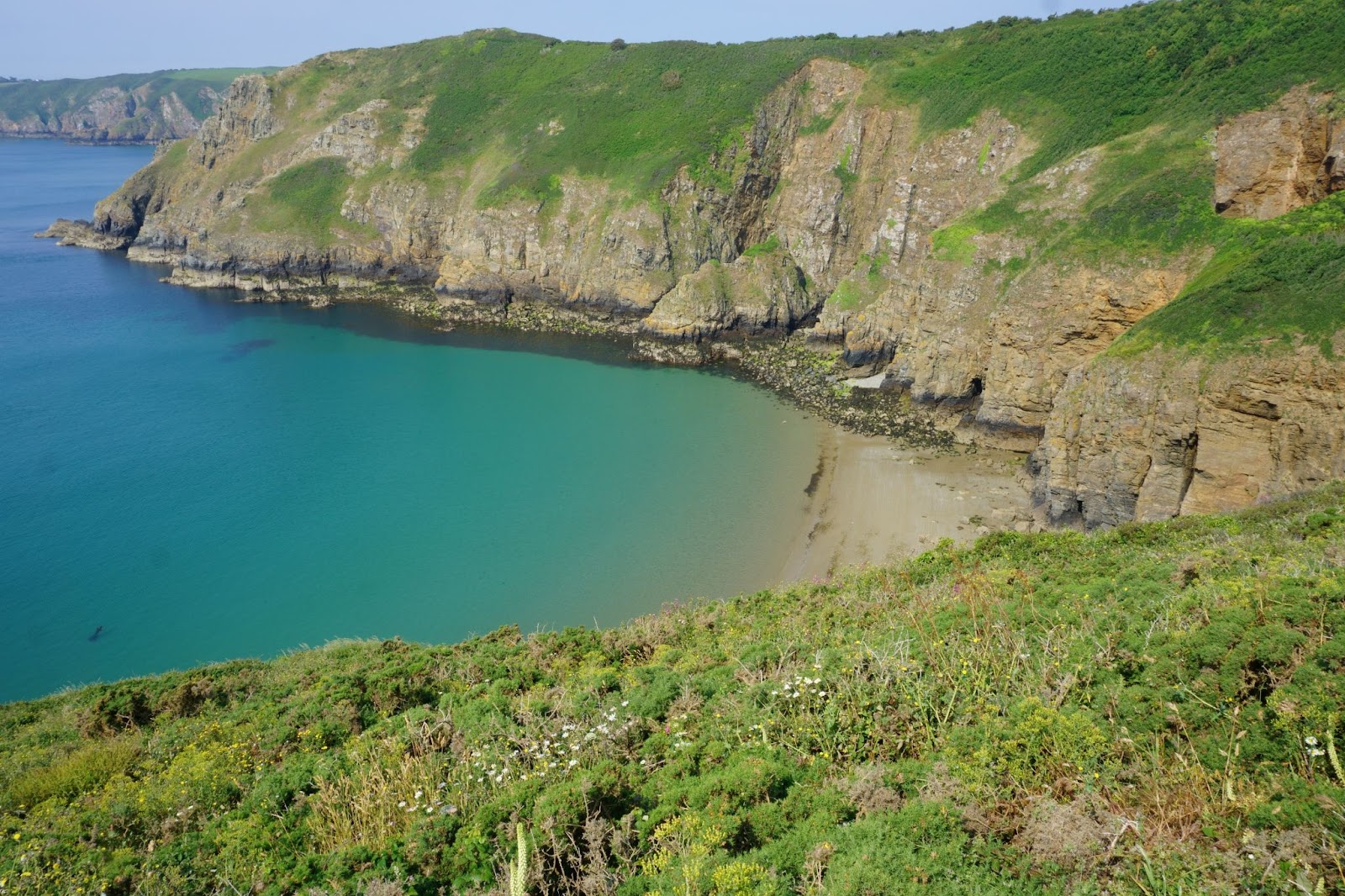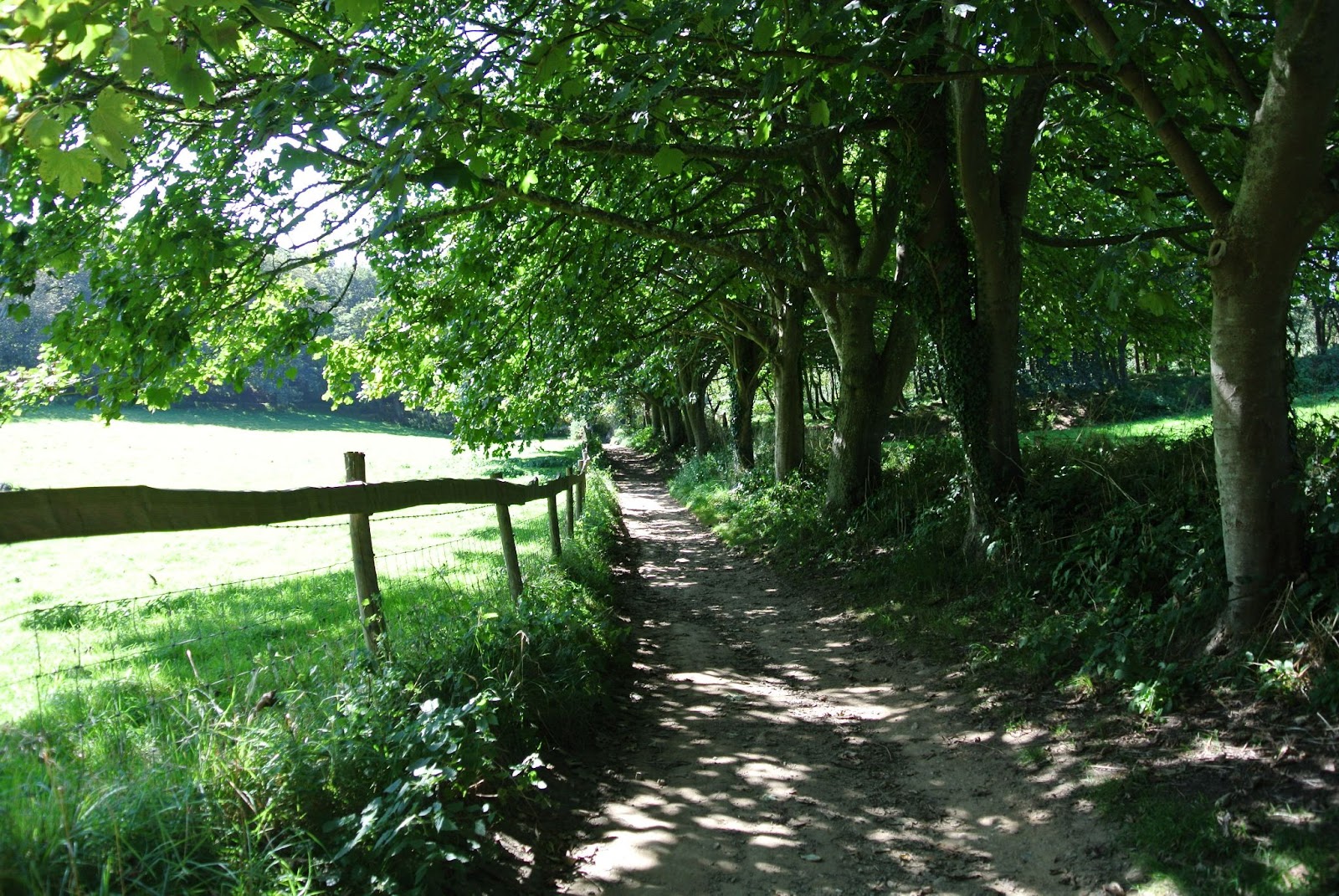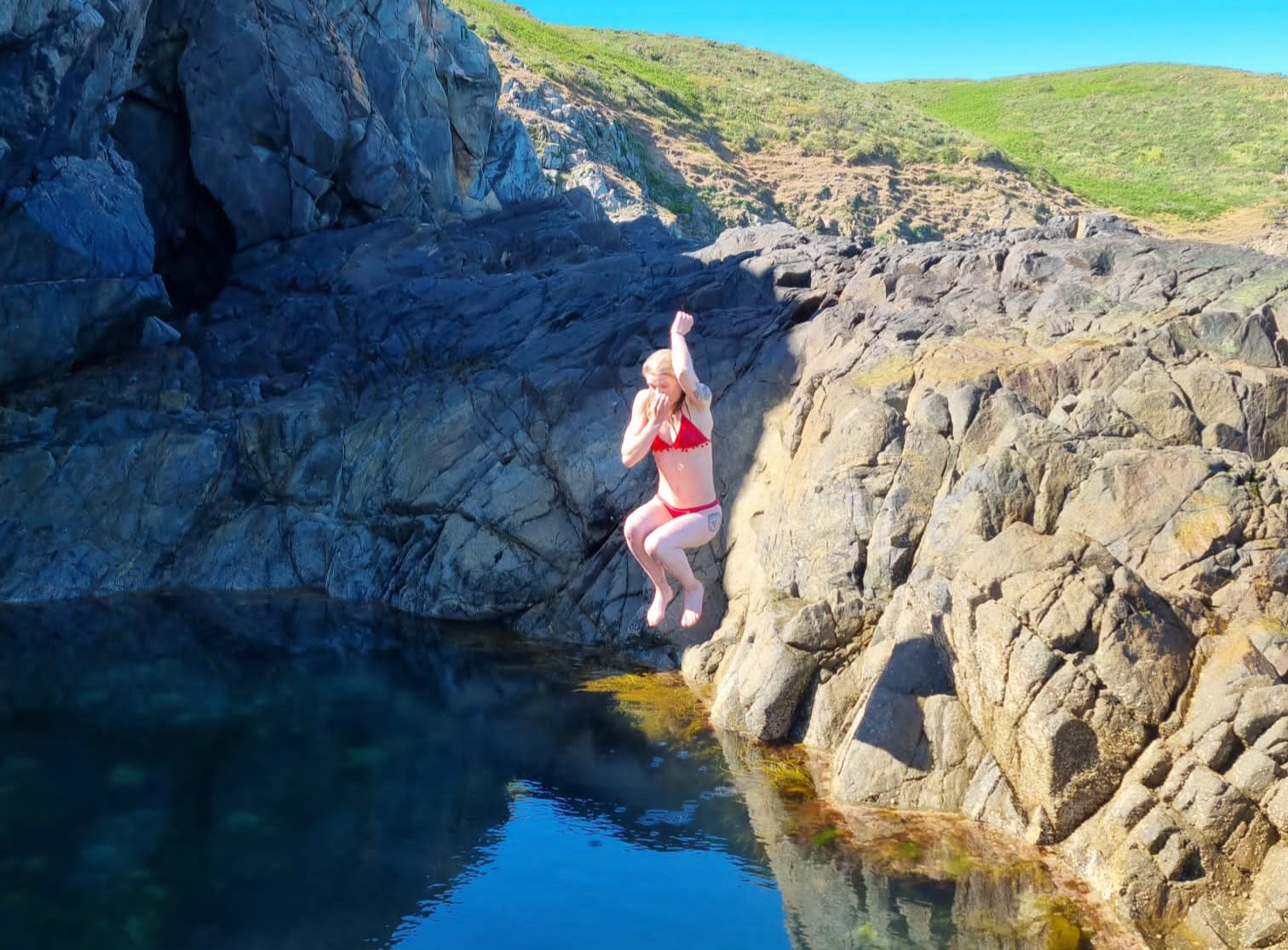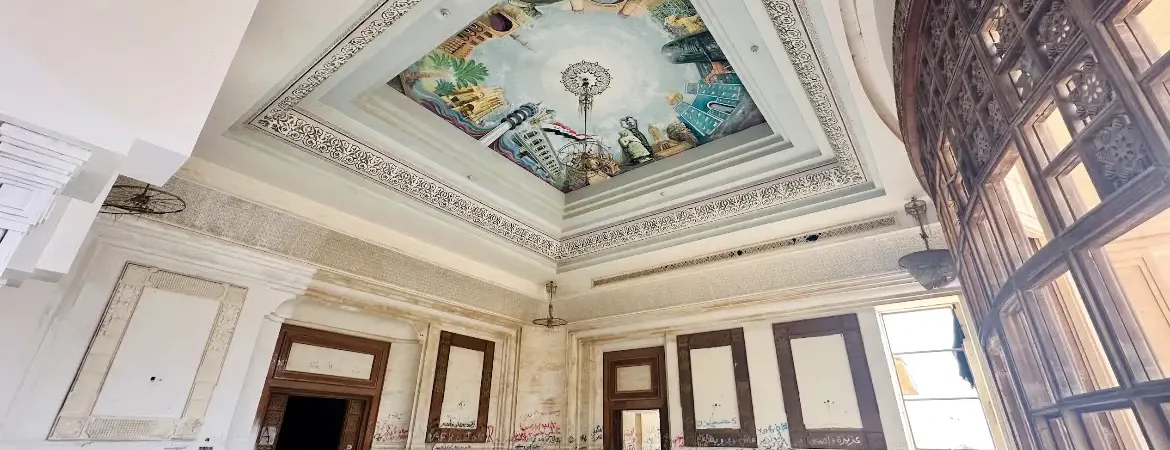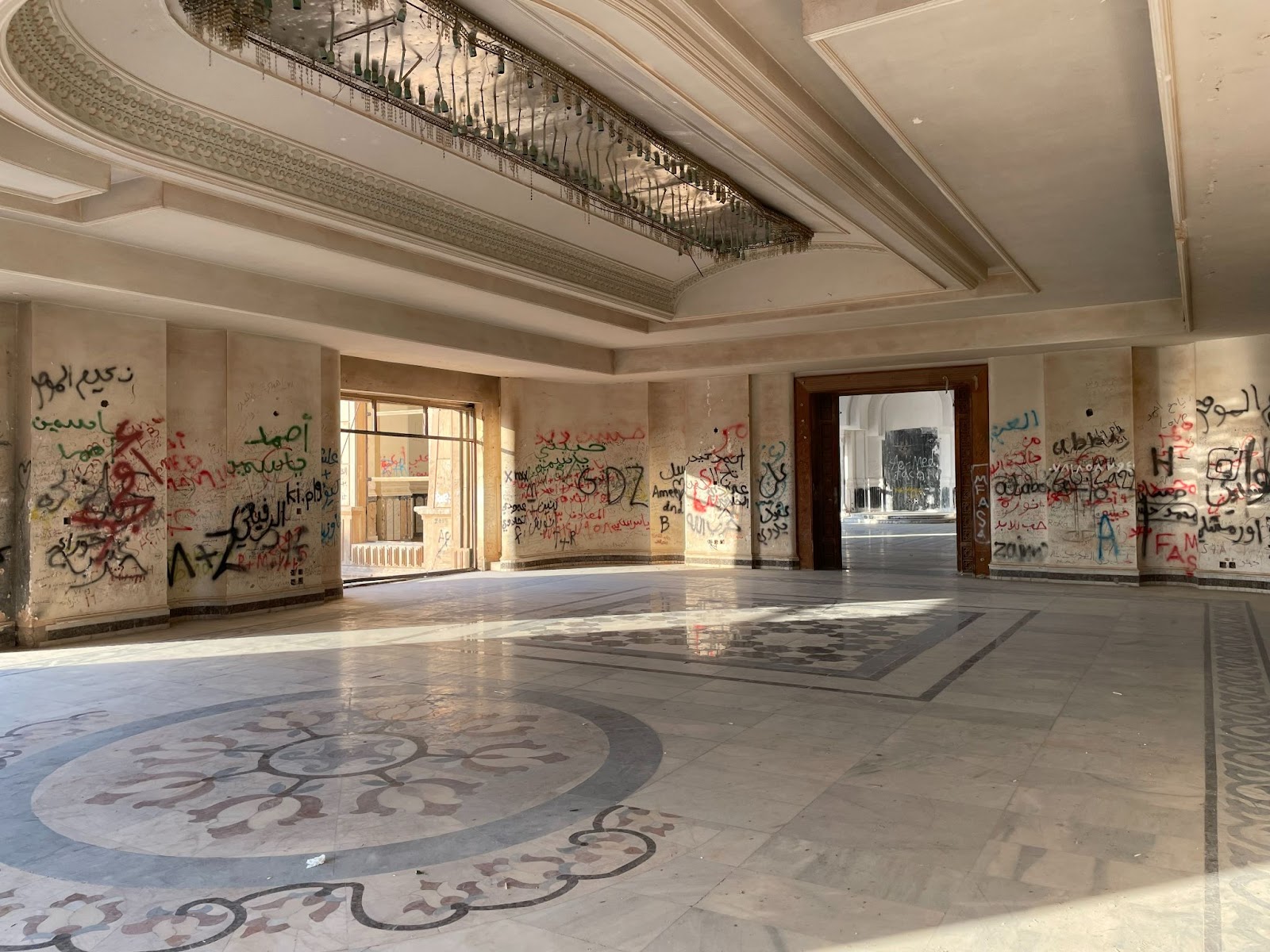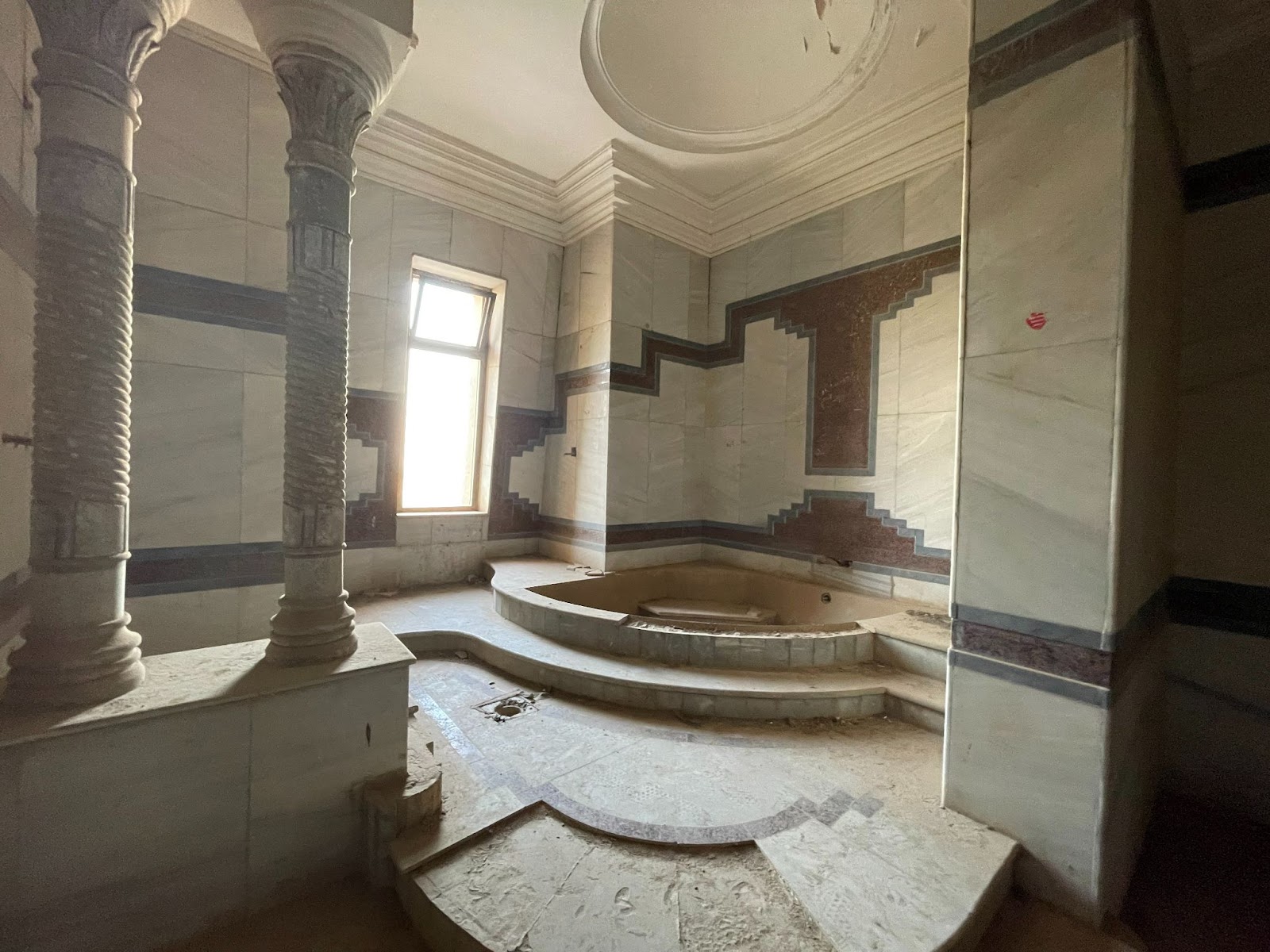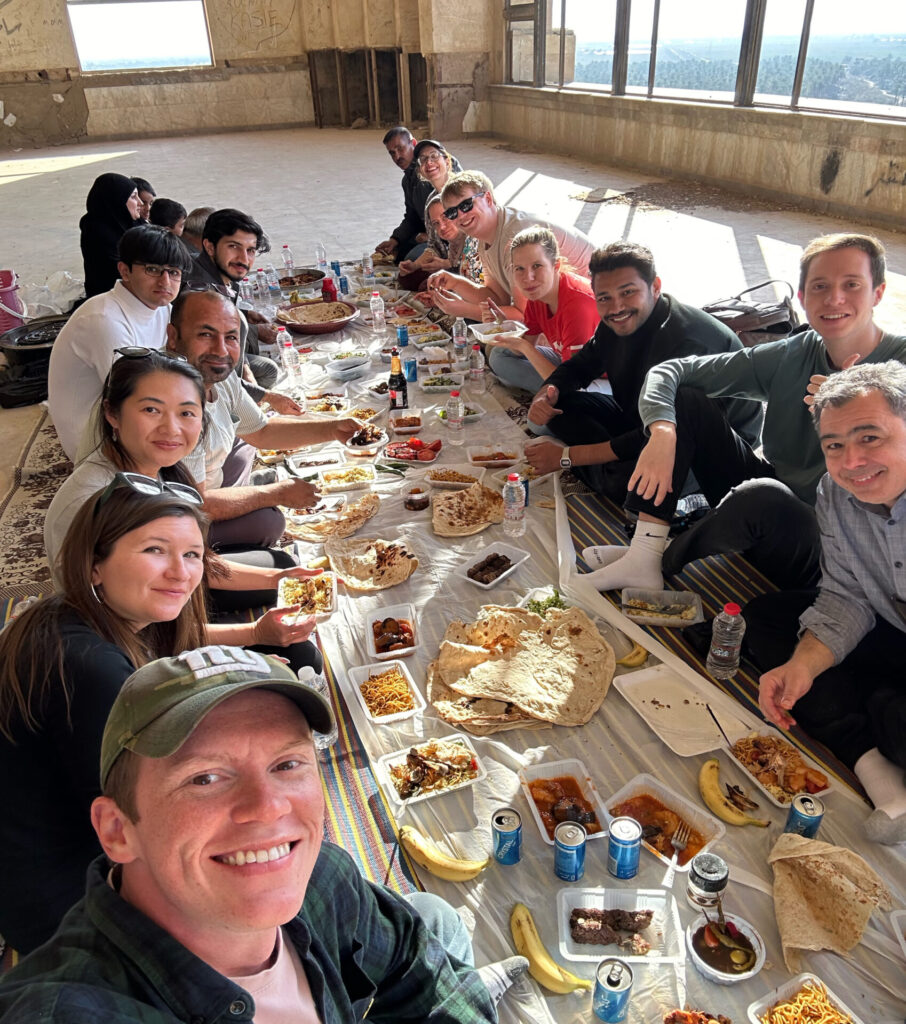We’re changing the face of travel storytelling by giving local voices their own platform. When we let stories come from within writers’ communities, Resonate encourages new talent and gives back to destinations. In empowering local people and creating a space for readers, we provide travellers with authentic inspiration — so they can explore our world with consideration and an open mind.
Now, to celebrate publication of our 100th story, Resonate’s co-creators — Linda Veråsdal and Raj Gyawali — tell us about where it all began, how it’s going, and where we’re headed next…
What led to starting Resonate… was there a ‘eureka moment’ when inspiration struck?
Linda: As a part of our responsible tourism company Ethical Travel Portal (ETP), we would always work in local communities and enable people living there to tell their own stories. So it would come directly from within the culture, heritage and natural environment they inhabit… regardless of where they’re located.
We realised this would be better achieved by creating a dedicated platform for the purpose, and not only sharing those stories through ETP’s blog as we had been doing. That new, dedicated platform — Resonate — needed to be driven by the stories locals want to tell, and come from the places they are inviting travellers to visit… on their terms.
Raj: For my part, I didn’t really have just one eureka moment. Only multiple challenges that came together at a certain moment in time, to spark the idea of a solution.
The first big challenge has always been to mainstream sustainability in travel; the more I thought about it, the more it made sense to engage with the traveller rather than with the industry. And while sustainability as a concept is gaining traction, travellers do not always know what that means in terms of putting it into practice.
Also, while destinations have wonderful sustainable options created by locals, they seldom get exposure, especially to the travellers who need to know about them most. The word wasn’t getting out there. Though storytelling is heralded as a means to change behaviour, locals aren’t always the experts at doing that in a format that travellers take on board… and international writers (or the publications where their work is found) are not necessarily aware of the local gems.
Put it all together in one basket and a solution presents itself via a well-done storytelling platform where locals get their stories out, aimed at travellers who would be inspired based on these stories. This is a sustainable way to promote destinations, and also to enjoy them.
Linda: This is all done with the goals of bringing about change in traveller behaviour and increasing community resilience. On the Resonate platform, destinations can tell their own stories with confidence and pride. This way, we’ve changed the focus to what locals want to tell readers and promote about their place, their heritage and their culture.
So the idea was always to push beyond the typical ‘travel website’ box and change the game. For you, what makes Resonate so special?
Raj: It’s extraordinary in that it’s aimed at building resilient destinations that know how best to craft their own narrative, which in turn inspires travellers to journey responsibly.
It empowers destinations to market what they really want to; creating an opportunity to present themselves in their own way. It also provides locals a chance to influence how people approach travel to their destinations, by providing authentic travel inspiration. Most of all, it also fosters a feeling of pride, which is very sustainable.
Linda: Being a community of local writers and storytellers, it’s a welcoming space for them to tell their stories in their own words. That’s what makes it very special; its role as one of the first platforms in the world where the locals truly take centre stage and are paid for writing their stories.
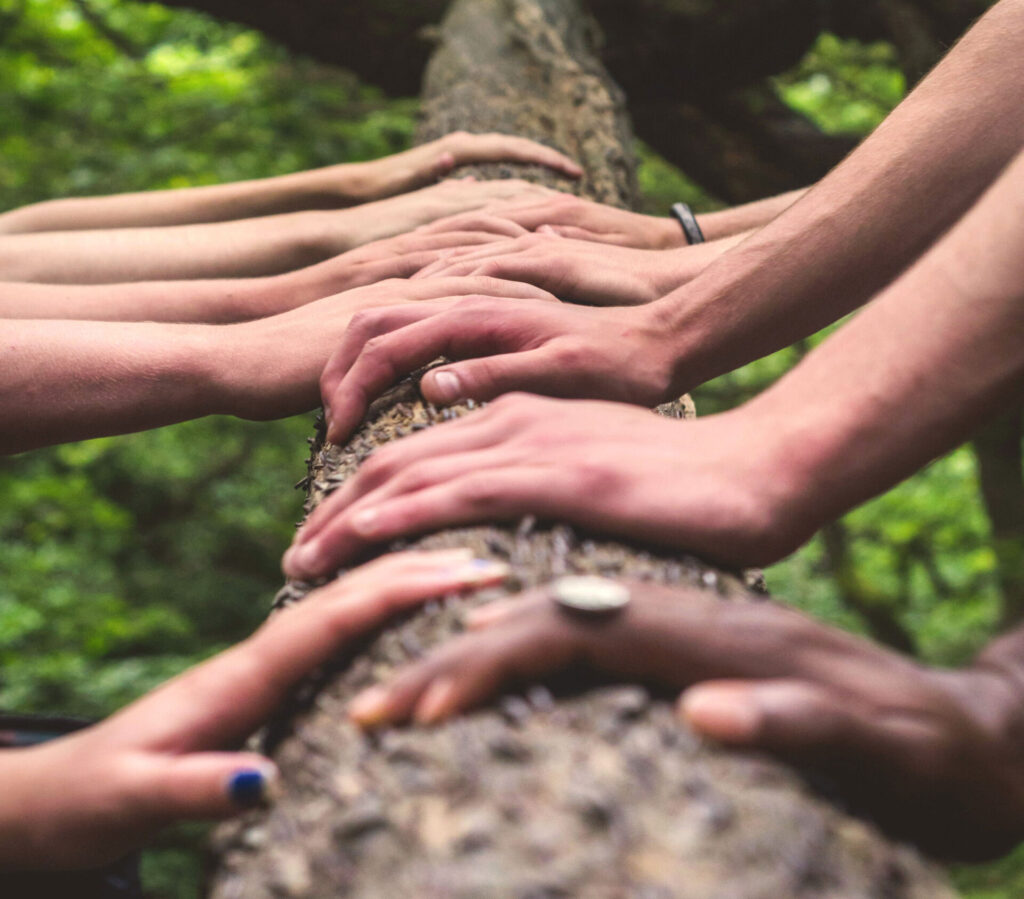
When you talk about ‘authentic travel inspiration’, what does that mean?
Raj: When I travel to a destination, I always love to connect and understand how the locals themselves connect to the place they live in. When I get a chance to read about it, or see it online, or watch a video of that engagement, that gives me very authentic travel inspiration and a chance to engage with the location the way the locals do — eat the same food, participate in the same experiences, and enjoy it in the same way. This understanding and experience are key in travel.
Linda: In a nutshell, it’s about connecting with places and people. To get the sense of a place you may have known little about, understand its depth and everyday life. Where to find these places these days? Hmm, probably in inspirational articles written by the locals themselves…
From an idea to marking the 100 stories milestone, how do you both feel about Resonate so far?
Raj: When we kickstarted Resonate.travel about a year and a half ago, I never thought we could get this much traction. I thought finding the stories from different locations would be far harder. But when I see the queue of stories that are awaiting publication, it tells us something very clearly… these stories need to be told, and there are so many around the world that need an audience to hear them. This is very, very encouraging.
What all these ideas eventually needed was expertise in publication and editing. We were not interested in a slapdash platform, even if done with good intentions, but wanted a professionally done ‘magazine’. This is where we had the expertise of Alex Crevar, who ideated and co-created the platform alongside us; JoAnna Haugen, who strategised and developed the mechanisms of how that could be taken into action; and Emily Cathcart, who is now pushing it forward as Chief Editor. This professional approach has been instrumental in bringing it to where it is now, together with website developer Shailesh Man Joshi and marketer Subhasini Shrestha.
On the engaging travellers front, we are a bit slow and have no clear means of measuring the engagement, but this is something we need to be working on, and we will.
Linda: Even if our progress is gradual, we are happy to see that an organic approach is working steadily. However, eventually, we might find Resonate is funded by the readers who see value in the stories, and by the destinations who believe in growing their resilience based on influencing travellers to visit sustainably.
What’s next? Where does the Resonate journey lead from here…
Linda: I’m looking forward to reaching our next milestone, of 200 local stories — let’s keep them coming. There are so many more places in the world that we need to include. It’s early days, and this is just the very beginning!
Raj: And I’m excited about continuing our work towards the aim of a vibrant community — coming together via this platform — connecting storytellers across the globe, and responsible travellers keen to visit the destinations they’ve read about. This is what we’re building to take us into the future.

